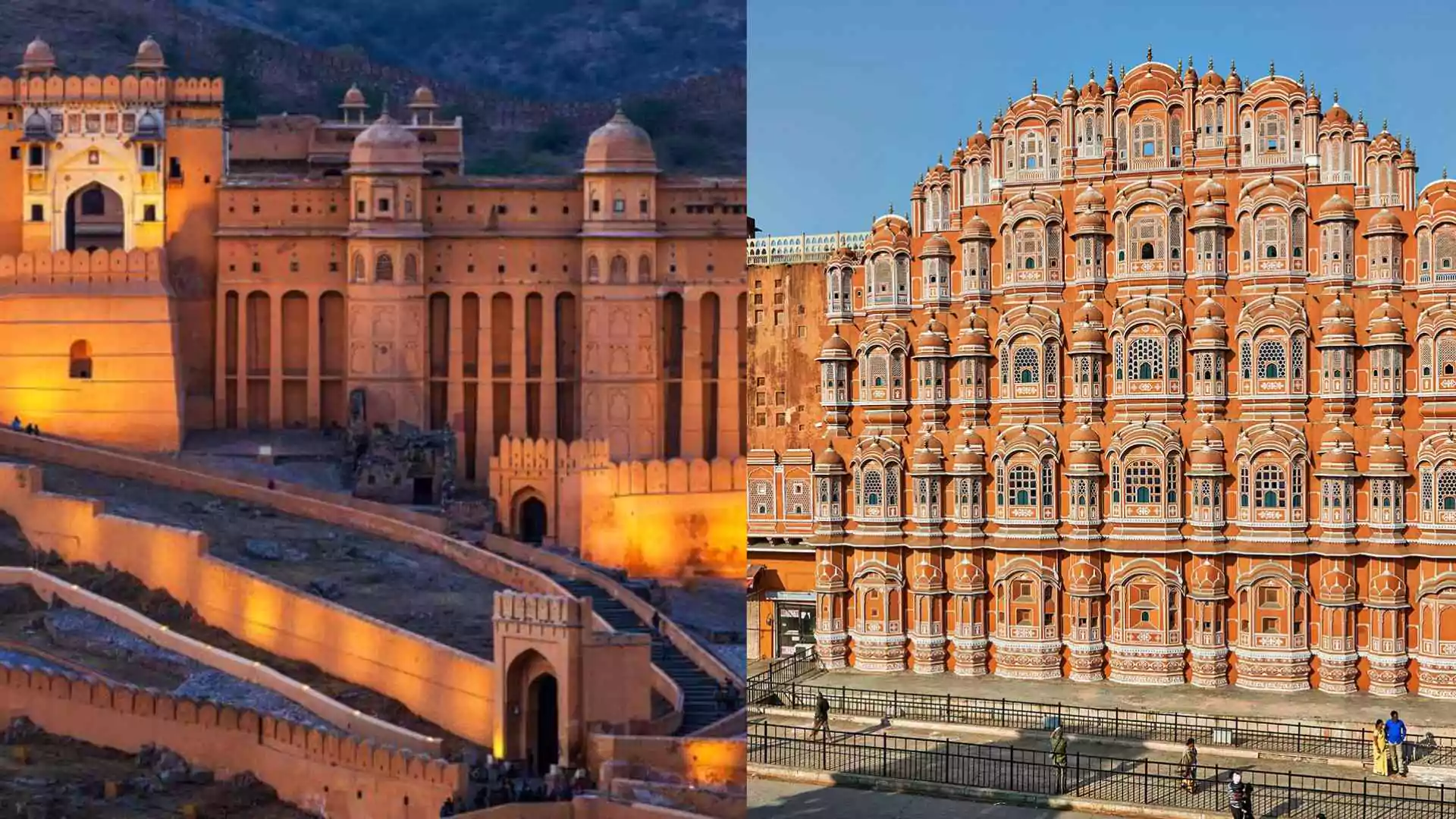The Commission for Air Quality Management (CAQM) has officially directed the implementation of Stage II of the Graded Response Action Plan (GRAP) in Delhi-NCR, following a steady deterioration in air quality.
This decision, announced on Monday, comes as a preventive measure to stop further escalation of pollution levels in the national capital region during a critical time of the year when air pollution tends to rise sharply.
As part of Stage II of the GRAP, authorities will conduct daily mechanical road sweeping and regular water sprinkling on designated routes. Strict dust control protocols will be implemented at construction and demolition sites. The use of power generators will be discouraged, and media outlets will provide guidelines on reducing pollution-causing activities.
Air Quality Hits Hazardous Levels Across Delhi
The Sub-Committee responsible for monitoring air quality issued an order stating that Stage II of GRAP, which is activated when air quality falls into the “Very Poor” category, would take effect starting at 8:00 A.M. on October 22, 2024.
This stage brings additional measures alongside the ongoing Stage I actions that are already targeting pollution control in the region. These efforts aim to stabilize air quality across Delhi and its neighboring areas.
Commission for Air Quality Management (CAQM) orders to implement GRAP-II in Delhi NCR
The order reads, “In an effort to prevent further deterioration of the air quality, the Sub-Committee decided that all actions as envisaged under Stage II of the GRAP-Very Poor Air Quality be… pic.twitter.com/slL9qtlA5o
— ANI (@ANI) October 21, 2024
Data from air quality monitoring services such as AQICN shows that several parts of Delhi are currently grappling with “Unhealthy” levels of pollution. Anand Vihar, for example, registered an Air Quality Index (AQI) of 226, while areas like ITO and the Mother Dairy Plant have reported similarly hazardous levels, categorized as either “Unhealthy” or “Very Unhealthy.”
The AQI scale is crucial in understanding the severity of air pollution: an AQI between 201 and 300 is classified as “Poor,” and levels between 301 and 400 as “Very Poor.” Unfortunately, some locations in Delhi are inching closer to this critical threshold, posing increased health risks, especially for vulnerable populations.
Authorities Urge Public to Reduce Vehicle Use
In its official statement, the CAQM appealed to the public to reduce the use of personal vehicles and rely more on public transportation to help lower emissions. Citizens are also encouraged to use navigation technologies to opt for less congested routes, even if longer, to avoid traffic and reduce pollution caused by idling vehicles.
The commission further urged vehicle owners to regularly change their air filters to help mitigate emissions. Additionally, the body has recommended suspending all dust-generating construction activities from October to January to reduce airborne particles that further degrade air quality.
Rising Pollution Sparks Public Health Concerns
Health experts are already raising alarms over the public health implications of Delhi’s worsening pollution. Doctors noted a significant spike in patients suffering from respiratory issues. They explained that pollution levels have increased more rapidly this year, leading to a 10 to 15 per cent rise in cases of respiratory ailments.
MUST READ | Enough Pollution In Delhi, Can’t Allow Sale Of Firecrackers: Delhi High Court






















